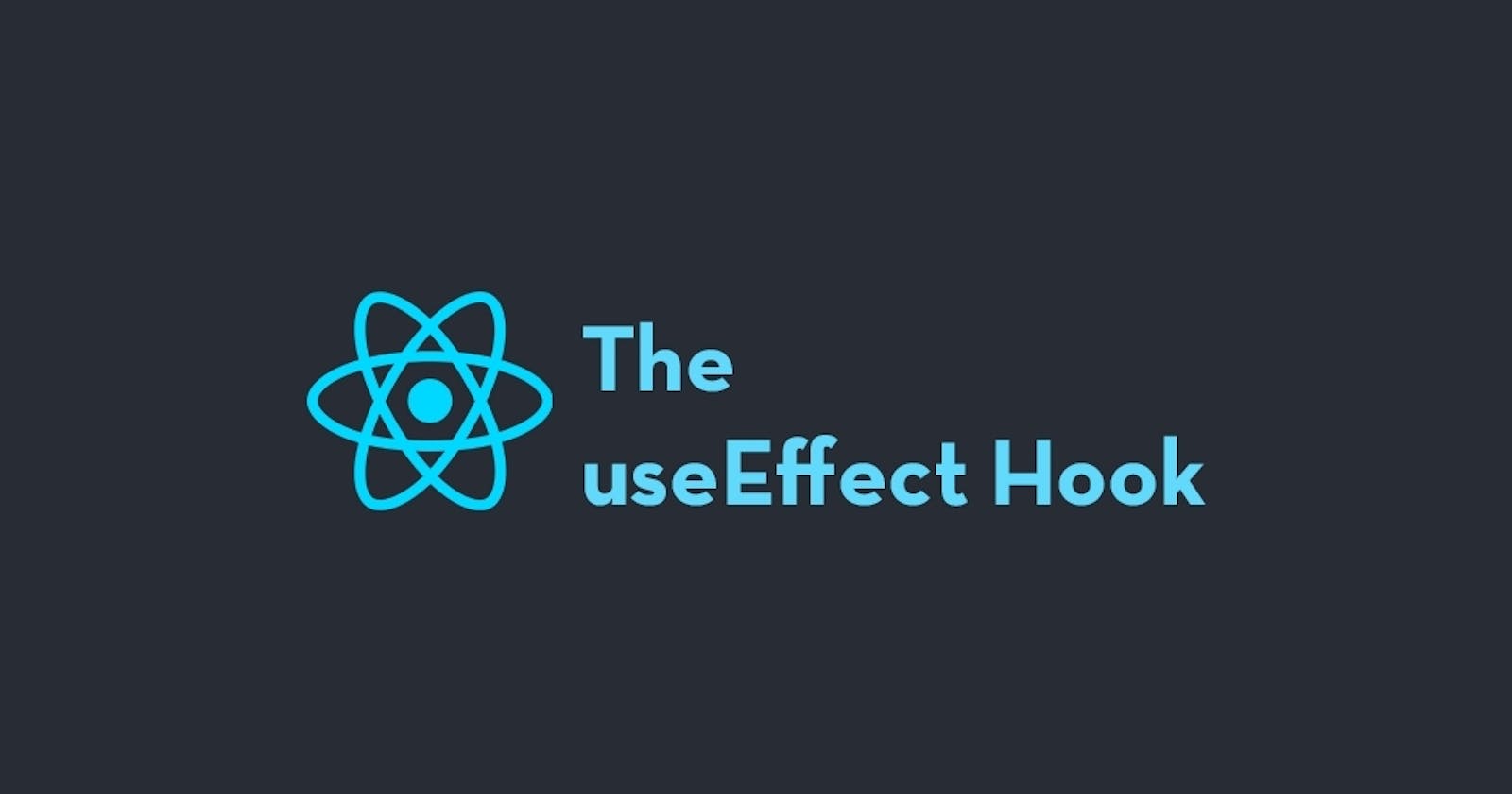The useEffect hook is a React hook that allows you to perform side effects in a functional component. Side effects are any changes to the state of the component or the DOM that are not directly caused by user interaction.
The useEffect hook takes two arguments: a callback function and an array of dependencies. The callback function is executed when the component mounts or when any of the dependencies change.
The useEffect hook is a powerful tool that can be used to manage side effects in React components. It is important to use the useEffect hook carefully to avoid performance problems.
The following example shows how to use the useEffect hook to update the state of a component when a value changes:
const App = () => {
const [counter, setCounter] = useState(0);
useEffect(() => {
const interval = setInterval(() => {
setCounter(counter + 1);
}, 1000);
return () => {
clearInterval(interval);
};
}, [counter]);
return (
<div>
<h1>Counter</h1>
<p>{counter}</p>
</div>
);
};
In this example, the useEffect hook is used to update the state of the counter variable every second. The callback function is executed when the counter variable changes. The useEffect hook also includes a cleanup function that is executed when the component unmounts. This ensures that the interval is cleared and no longer running.
Benefits
The useEffect hook offers several benefits over the previous way of managing side effects in React components, which was to use class components with lifecycle methods.
Code reuse: The useEffect hook can be used to reuse code across multiple components. This can help to reduce code duplication and improve maintainability.
Performance: The useEffect hook can be used to improve performance by only running side effects when they are needed. This can help to prevent unnecessary re-renders of the component.
Flexibility: The useEffect hook is more flexible than lifecycle methods. It can be used to perform a wider range of side effects, such as making HTTP requests, updating the DOM, and subscribing to events.
Drawbacks
The useEffect hook also has some drawbacks.
Complexity: The useEffect hook can be more complex to use than lifecycle methods. This is because it requires you to understand the concept of dependencies.
Errors: The useEffect hook can be more prone to errors. This is because it is more complex and there are more things that can go wrong.
Conclusion
The useEffect hook is a powerful tool that can be used to manage side effects in React components. It offers several benefits over the previous way of managing side effects, but it also has some drawbacks. It is important to weigh the benefits and drawbacks before deciding whether or not to use the useEffect hook.

